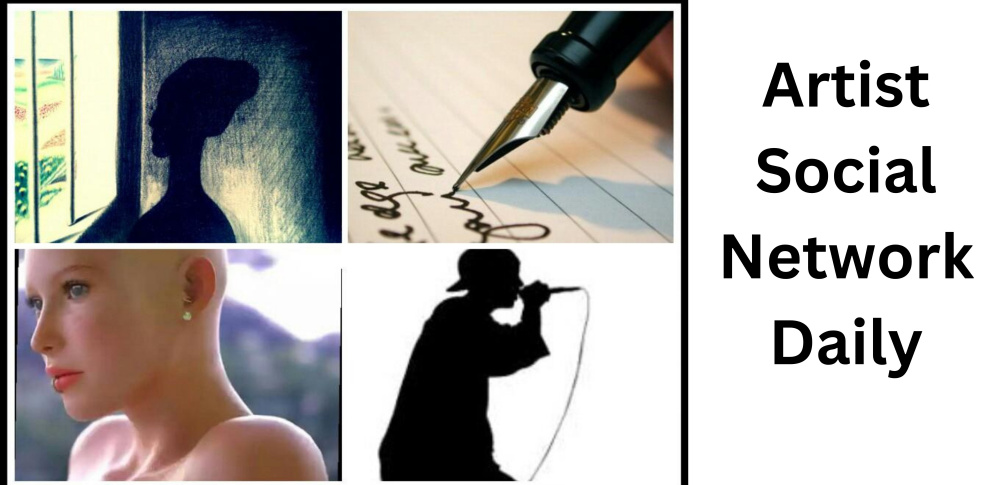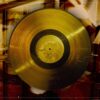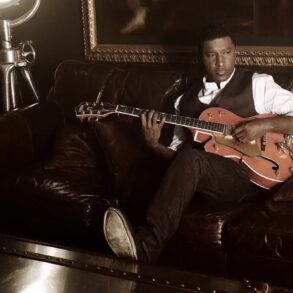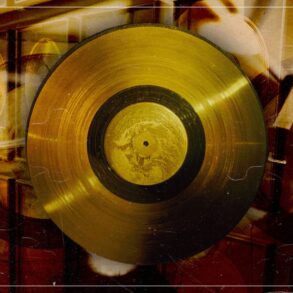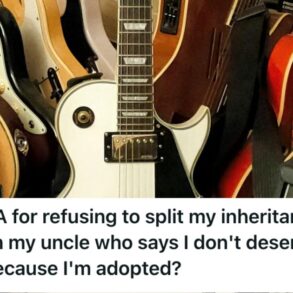
(Credits: Far Out / The Nails)
The primacy of the album as any group’s paramount artistic statement and offer to the music world had its commercial peak across the 1970s and ’80s, the majority of the top ten biggest-selling albums of all time all released in a nine-year period, from Pink Floyd’s cosmic The Dark Side of the Moon to Michael Jackson’s pop behemoth Thriller, still standing at number one with a staggering 70 million reported sales.
Punk’s arrival in the late 1970s sought to bring down the coveted album a peg or two amid its white-hot flashbang, be it London or New York. Looking back to rock ‘n’ roll’s seismic lightning bolt 20 years prior, the single was thrust back to essentiality, the new wave generation striding into the 1980s resurrecting the holy 45 and struck dead the idea that an album could ride high on the Billboard 200 with singles an afterthought as the likes of Yes or Led Zeppelin had managed.
Naturally, punk’s eschewing of the mainstream yielded little commercial success, despite enduring critical acclaim. The closest approximation of punk that sits high in the global sales ranking is Green Day’s 1994 major label breakthrough Dookie, with nearly 25 million certified copies, striking gold again ten years later with American Idiot‘s anti-war rock opera.
If sticking to American punk’s first wave, long before its 1990s corporate successor, the original cohort that played Manhattan’s CBGB in the Bowery neighbourhood never saw much Billboard success. The Schott-jacketed overlords Ramones were lauded as the saviours of rock, yet saw scant sales, their 1976 eponymous debut only breaking Gold in 2014 with 500,000 copies sold.
Television and Patti Smith would only enjoy sales in the hundreds of thousands, and seminal synthpunk duo Suicide’s self-titled debut would be heralded by the press and boast Bruce Springsteen as a fan, yet failed to chart on either side of the Atlantic.
CBGB’s biggest success story is Talking Heads. Entering punk as a wiry and angular garage quartet, Talking Heads would dominate the 1980s’ Hot 100 charts with a string of acclaimed pop singles that joyously pushed art and accessibility together in swirling harmony unseen since The Beatles. With help from Brian Eno’s production chops and frontman David Byrne’s idiosyncratic creative vision, Talking Heads would go on to sell nearly ten million records worldwide.
So, what was the best-selling album of the CBGB movement?
While Talking Heads would endure as the movement’s most substantial success, early on, Blondie was the CBGB group that strived for pop appeal before any of their peers. Strictly a punk band across their first two albums, a reluctant engagement with producer Mike Chapman yielded a brighter, polished sonic sheen coupled with the band writing their strongest songs yet, lyrically shaking off their arty aloofness in favour of stirring and romantic power pop.
Pushed by the disco-flavoured fourth single ‘Heart of Glass‘, 1978’s Parallel Lines would sell over 20 million copies and currently stands as the 83rd biggest-selling album of all time. Blondie would finally peter out with 1982’s The Hunter as Talking Heads were hitting their creative peak, but Blondie would push a little piece of the CBGB sound further into millions of households who otherwise had little to no knowledge of the punk underground.
Related Topics
The Far Out Music Newsletter
All the latest music news from the independant voice of culture.
Straight to your inbox.
This post was originally published on this site be sure to check out more of their content
